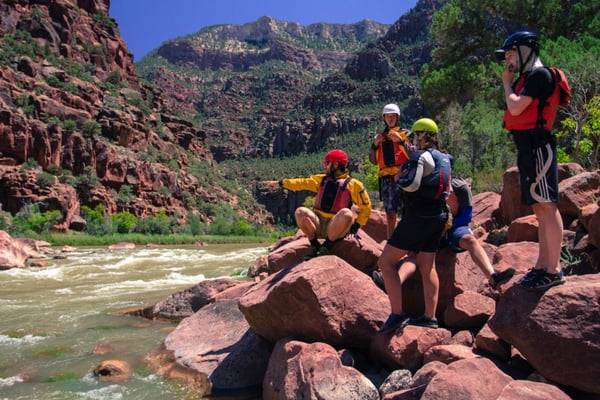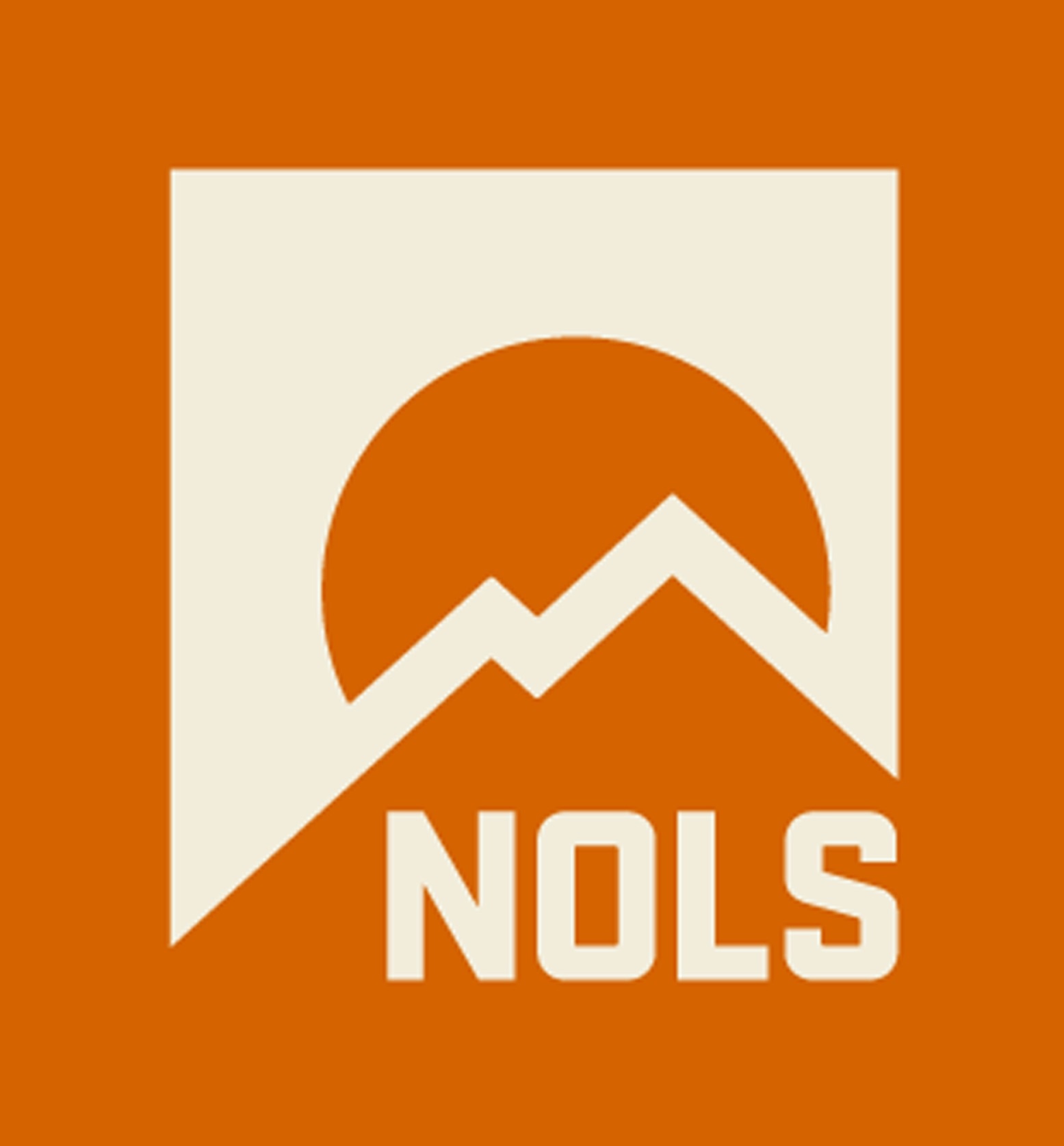By Travis Davis, Whitewater River Expedition '15
This post is an excerpt from a letter that a student wrote during his Whitewater River Expedition during the summer of 2015. He asks a local congressman to take action to defend wilderness areas, and explains why wilderness matters. Read on:
If we are lucky, we experience moments in our lives where words have no chance of describing the exaltation we feel; this is occurring for me at the very moment I write this. I'm on my 11th day of listening to the Green River. I am reminded of the naturalist Richard Proenneke's simple phrase from his time living in a hand-built cabin in the Alaska wildlands, "There's plenty of time here."
It is difficult to put into words the nuances of this wild and sanctified land and the river that carves through it. I am grateful to have these days of physical effort and mental focus. It is good for a person and instills clarity, even if we can't find the exact words for what that clarity is. I am grateful this place exists.
 "To be in wilderness is to be inside our own hearts." Travis and coursemate Briggs perch on a cliff above Desolation Canyon. Photo by Kirk Rasmussen.
"To be in wilderness is to be inside our own hearts." Travis and coursemate Briggs perch on a cliff above Desolation Canyon. Photo by Kirk Rasmussen.
If we lose the primitive condition of these areas, if wells and mining and human development encroach on our final bastions of expansive wilderness in the United States … we will lose the inspiration of our natural heritage, we will lose our history, and we will lose our future by bankrupting the spirit of our wild nature.
What I believe is that the existence of ample wilderness spaces and our journeys in them will inform a civilization that is able to reach a more profound state than without them. Dinosaur National Monument, Desolation Canyon, Gray Canyon, and Nine Mile Canyon are places that should remain forever in their natural condition. I would love to see them managed with the utmost respect for what they are: our recollections of where humanity comes from, our hope for the future, and a needed test of our character in the midst of challenging work.
To be in wilderness is to be inside our own hearts.
Please do not allow industrial development and motorized recreation to change the transformative and historical spaces in and around these areas.
At this point in our American history the preservation of our wilderness cannot be understated. It presents us with too much opportunity today, and the value for future generations is too great.
About the Author: Travis lives in Lander, Wyoming. He writes poems and talks to people about wilderness experiences.
 The Gates of Lodore in Dinosaur National Monument. Photo by Kirk Rasmussen.
The Gates of Lodore in Dinosaur National Monument. Photo by Kirk Rasmussen.



